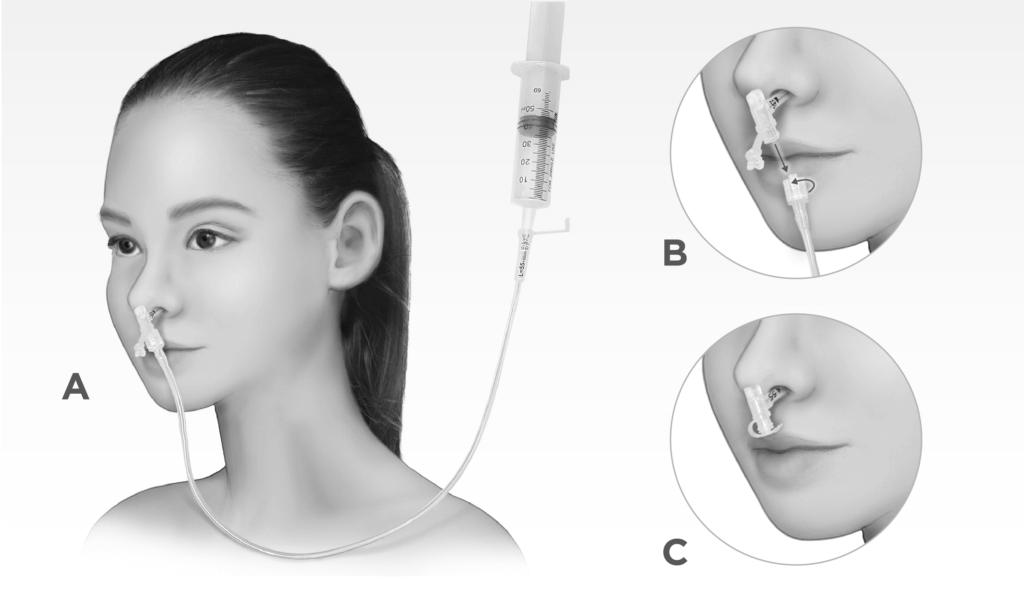
Understanding Stunted Growth in Children: Causes, Treatments, and Remedies
Stunted growth in children, while often within the range of normal growth variations, can sometimes be a cause for concern. Identifying the underlying causes and implementing appropriate interventions can help ensure a child's healthy development. This article will explore the causes of short stature in children, what can be done nutritionally and through physical activity, medical treatments, when to see a doctor, home remedies, and a conclusion.
Introduction
Height is a significant aspect of a child's growth and development. While many children grow at different rates, significantly shorter stature compared to peers can sometimes indicate underlying health issues. In the United States, approximately 3-5% of children are considered to have short stature, which is defined as a height significantly below the average for their age and gender.
Causes of Stunted Growth in Children
Genetic Factors
Genetics plays a crucial role in determining height. If parents are short, it is likely that their children will also be shorter than average. This is known as familial short stature.
Constitutional Growth Delay
Some children are naturally slow growers and tend to hit puberty later than their peers. They usually catch up in height during their late teenage years.
Chronic Illnesses
Chronic conditions such as asthma, congenital heart disease, and gastrointestinal disorders can affect growth. These conditions often require long-term medication, which can impact a child's growth.
Nutritional Deficiencies
Lack of essential nutrients can lead to stunted growth. Deficiencies in vitamins and minerals, especially vitamin D, calcium, and protein, are common culprits.
Hormonal Disorders
Conditions such as growth hormone deficiency, hypothyroidism, and Cushing’s syndrome can significantly affect height. These disorders interfere with the normal secretion of growth-related hormones.
Psychosocial Factors
Severe emotional stress and neglect can lead to growth delays. This condition, known as psychosocial dwarfism, is typically reversible with improved emotional and social support.
Nutritional Interventions
Balanced Diet
A balanced diet rich in essential nutrients is crucial for a child's growth. Key dietary components include:
- Proteins: Found in meat, fish, eggs, dairy products, beans, and nuts. Proteins are essential for the growth and repair of tissues.
- Calcium and Vitamin D: Necessary for healthy bone growth. Sources include dairy products, leafy greens, and fortified foods.
- Iron: Found in lean meats, beans, and fortified cereals. Iron is important for oxygen transport and energy production.
- Zinc: Present in meat, shellfish, legumes, and seeds. Zinc supports cell growth and immune function.
Healthy Eating Habits
Encouraging regular meals and snacks that include a variety of food groups can help ensure adequate nutrient intake. Avoid excessive consumption of sugary and processed foods.
Physical Activity
Importance of Exercise
Regular physical activity promotes healthy growth and development in children. It helps build strong bones and muscles and supports overall physical health.
Recommended Activities
- Weight-Bearing Exercises: Activities like walking, running, and jumping help stimulate bone growth.
- Strength Training: Age-appropriate strength training exercises can improve muscle mass and overall growth.
- Outdoor Play: Encourages exposure to sunlight, which is essential for vitamin D synthesis.
Medical Treatments
Growth Hormone Therapy
For children diagnosed with growth hormone deficiency, growth hormone therapy can be an effective treatment. It involves regular injections of synthetic growth hormone to stimulate growth.
Treatment for Underlying Conditions
Addressing underlying health conditions such as hypothyroidism or chronic illnesses can improve growth outcomes. Treatment plans may include medication, lifestyle changes, and dietary adjustments.
When to See a Doctor
Signs to Watch For
- Significantly Shorter Than Peers: If a child is considerably shorter than other children of the same age and gender.
- Slow Growth Rate: If the child’s growth rate is much slower than expected.
- Delayed Puberty: If there are no signs of puberty by age 14 for boys or age 13 for girls.
- Symptoms of Underlying Conditions: Signs such as fatigue, weakness, or other health issues may indicate an underlying condition affecting growth.
Regular Check-Ups
Regular pediatric check-ups are essential to monitor a child’s growth and development. Doctors can use growth charts to track progress and identify potential issues early.
Home Remedies and Lifestyle Changes
Adequate Sleep
Ensuring that children get sufficient sleep is crucial, as growth hormone is primarily released during sleep. Children aged 6-13 need 9-11 hours of sleep per night.
Healthy Environment
Creating a supportive and stress-free environment can positively impact a child’s growth. Emotional well-being is linked to physical health and development.
Hydration
Encouraging children to drink plenty of water supports overall health and can aid in nutrient absorption.
Supplements
In some cases, supplements such as multivitamins or specific nutrients like vitamin D and calcium may be recommended by healthcare providers to address deficiencies.
Conclusion
Short height in children can be due to various factors, including genetics, nutritional deficiencies, chronic illnesses, and hormonal disorders. Ensuring a balanced diet, regular physical activity, and a supportive environment can promote healthy growth. Medical treatments are available for underlying conditions and growth hormone deficiencies. Regular pediatric check-ups are crucial for monitoring growth and addressing potential issues early. By understanding the causes and implementing appropriate interventions, parents can support their children’s healthy development and help them reach their full growth potential.



